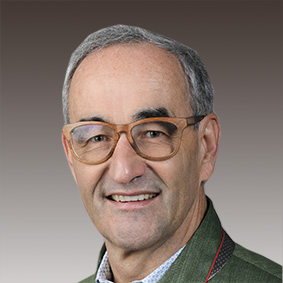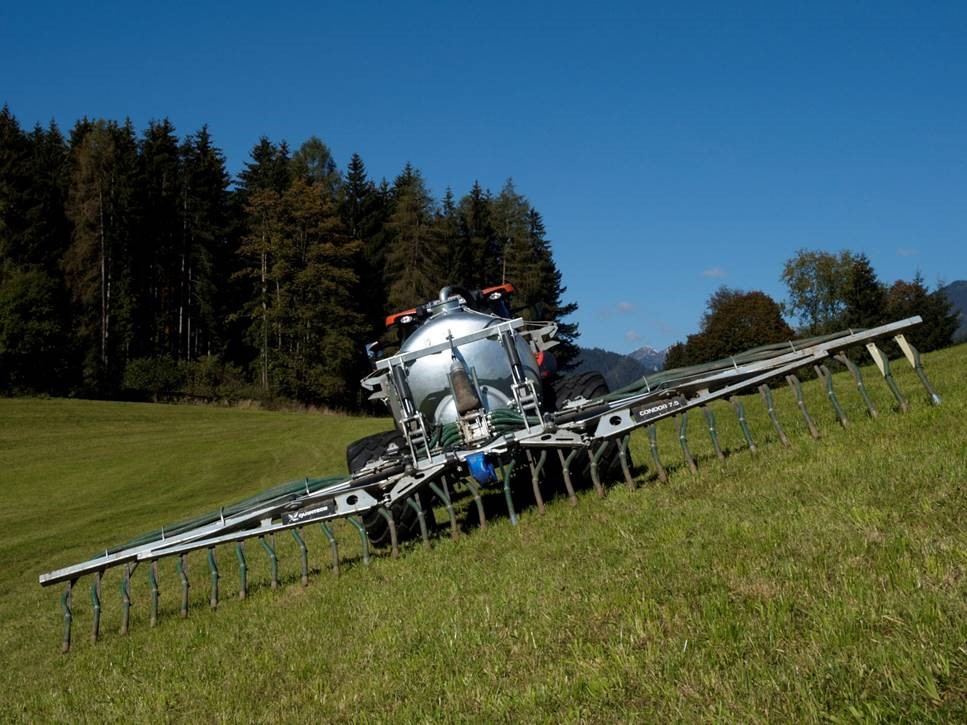Measures
Therefore, measures must be taken in agriculture along the manure chain to effectively reduce ammonia emissions. In addition to adapted feeding, low-emission stable construction, strengthening grazing and covering newly built manure pits, it is above all the low-emission application of manure that needs to be massively increased in the coming years. Currently only around 15% of cattle manure is spread close to the ground; this proportion must be increased to at least 50%; for pig manure it should be at least 70% in the future.
In the future, only slope areas with an average slope of more than 20% will be exempt from this. The EU and the state of Austria support emission-reducing measures. In the area of purchasing low-emission distribution technology, there is investment assistance and, above all, the cubic meter of liquid manure spread close to the ground is currently 1 euro and hopefully in the future 1.60 euros (drag hose distributor) per cubic meter for a total of 50 m3 / ha and year (not a one-off payment !) supported.
Recommendations
If we don't take the decisive steps now, mandatory measures will probably have to be imposed from 2027 and then there will be no or only very limited funding for this. That's why we're sending the right signals now and using the opportunities offered so that we don't have to pay unnecessary fines to the EU in 2030. Let's leave the money in agriculture where we urgently need it!
Do you mean Alfred Pöllinger-Zierler, HBLFA Raumberg-Gumpenstein
team










